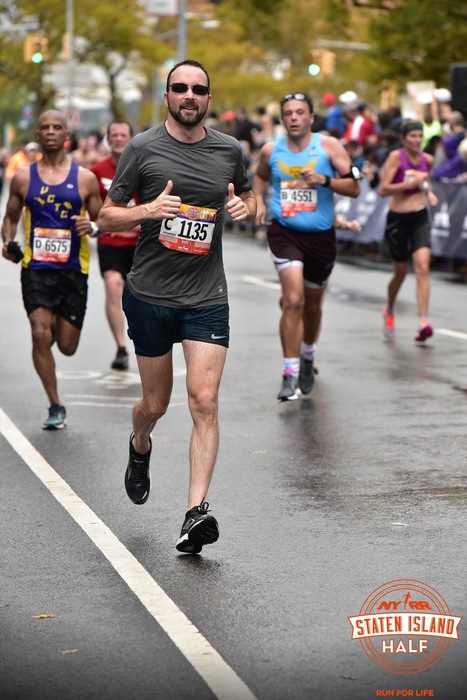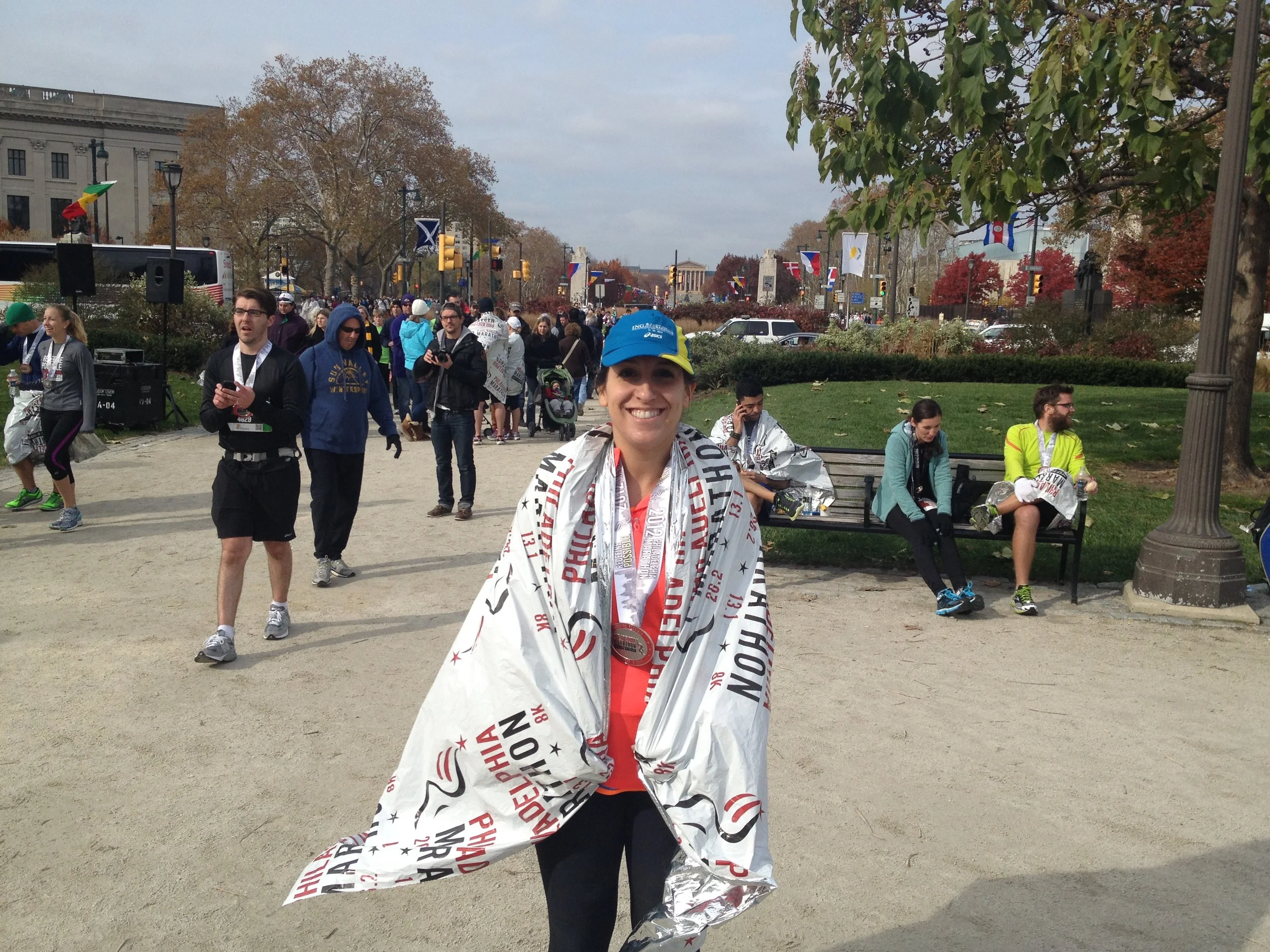With Spring just around the corner people have that obstacle course, running shoes, or bike clips twinkle in their eyes. Marathons, bike races, triathlons, Tough Mudders, and Spartan races all have the same thing in common, lots of repetition. The quickest way to see that twinkle disappear is to discover you have an injury due to overuse. Cross-training is a great way to protect yourself against that possibility. Even better if that cross-training naturally trains you to become more efficient in your movement – enter Pilates!
To get some firsthand insight we interviewed some of our clients who just can’t get enough of the adrenaline that keeps them moving long distance.
Chris S., VP of Business Development at a technology integration firm and Rachel H., an employment attorney, have both run countless races ranging from a 5k to multiple marathons. They both agree that half marathons are their favorite because “it’s a challenge but also easy enough on my body and accommodating to a training schedule.” A common theme is enjoying the fulfilling feeling of success at beating their own personal records (PR).
Of the three clients mentioned below, all have had minor to major injuries and two had operations throughout their racing careers. All of them have found Pilates useful because of its versatility as method of challenging cross-training and rehabilitative exercise.
Bob R, owner and operator of an accounting firm, has been practicing Pilates for over 6 years as a way to “gain core strength and flexibility”. Because of the versatility in the practice, he used Pilates to help stall a rotator cuff repair while training for an Iron Man. After finishing the race and the repair procedure he came right back to Pilates as a way to continue to heal, regain stability, strengthen his upper body after physical therapy, and stay in shape in the meantime.
Rachel H had a skiing accident that severely detoured her running goals. Reflecting on her recovery she had this to say: “I find that Pilates emphasis on precision and control sets it apart for both yoga and spinning (and other exercises). Control is a great tool for building your mental strength in running, because for me running is just as much mental as it is physical. This is particularly true for me now as I am recovering from an injury that took me off the pavement for nearly 2 years. Feeling a sense of control over my body and muscles as I start to run again has been invaluable for me.”
For Chris S., who has managed to avoid any major injuries, cross-training with Pilates means that “quite simply, more strength and better stability leads to fewer injuries which allows for more training, increased distance, and faster times.” He has seen the proof by PR’ing 90% of his races in 2017 and running his second NYC Marathon 50 mins faster than his first.
We would love to hear your stories of redemption or see what your up to as the weather gets warmer and you get back on the road/bike/wave. Consider sharing pictures of your outdoor adventures with us to share with our Community.




